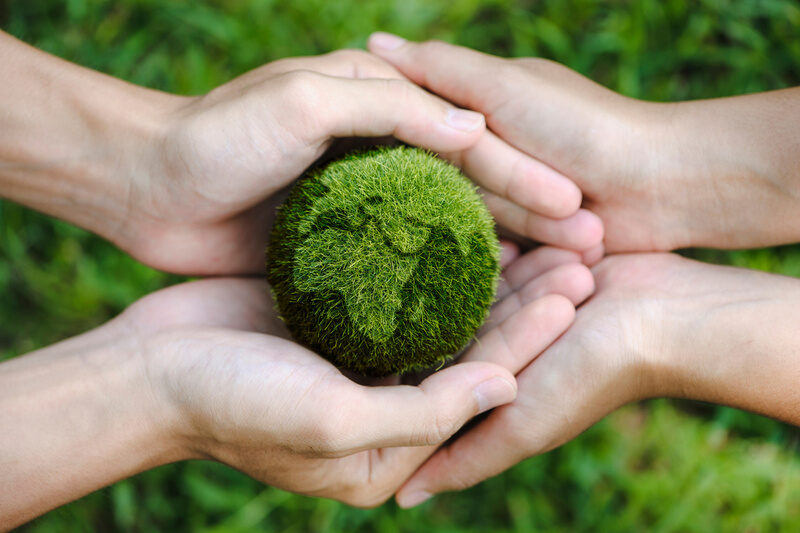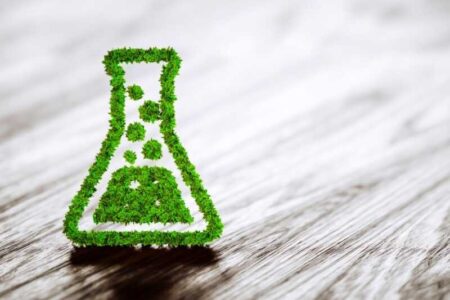Getting back on track

Inno-Meeting Europe which will take place in Berlin on 6/7 October 2022 will focus on Flexpack & Climate Change. Image: Innoform Coaching
Just this year we’ve seen the increasingly devastating effects of climate change with heatwaves and wildfires in Europe.
If global warming continues, scientists predict even more disruption to weather patterns. To have a cleaner planet, with less pollution, more resilient economies, and healthier people, we have to act now. Getting there requires action, yet the global beverage industry is losing significant ground in its efforts to hit its 2030 and 2050 greenhouse gas emission reduction targets, says the consultancy Kearney in a new report. In fact, it needs to improve its current reduction rate 11-fold.
The consultancy presents a “comprehensive” model to help beverage companies reduce their CO2e emissions and the industry meet its green targets. And says contributing to 3.8% of all global CO2e emissions, the beverage industry is currently not on course to meet its 2030 and 2050 greenhouse gas emissions targets. However, all is not doom and gloom, the report appears to find that the industry is not all to blame. It finds fault lies with a lack of clear direction and a long term strategy to address what is a complex problem. If a clear plan were implemented, the industry could meet current targets as early as 2028.
The report highlights that beverage businesses need to align their overall strategy and targets with GHG emissions goals – and needs the right people intent on driving an organisation toward ambitious GHG reduction targets.
There are several routes to consider when looking to address this issue: where industry can have the greatest impact; who to work with; and how to take consumers on this journey.
No easy task, however Kearney believes achieving these goals is not beyond the bounds of industry – and rightly so.
If we take two of the challenges just mentioned – impact and consumers – these are areas where inroads can be made.
Raw materials and packaging materials currently contribute 35% and 23% of the industry’s emissions respectively. Companies have an opportunity to drive change through packaging design and energy usage while working with consumers translates into educating consumers on net-zero goals, including via marketing campaigns, social media, as well as using incentives by offering rewards.
If done effectively, these measures will allow beverage companies to lead change, meeting in the middle to allow the industry to meet net zero targets ahead of schedule.
The last word on this go to Angela Hultberg, global sustainability director at Kearney who says it can be easy for companies to become disheartened when they see how much more work there is to do to achieve their net zero ambitions.
“But there is still much room for optimism, and beverage companies should instead be focusing on the fact that acting now could mean achieving their green objectives ahead of time. Implementing a clear emissions reductions strategy with industry and consumer collaboration at its heart will help not only a business bottom line, but consumers’ pockets too.”
- Rodney Jack, editor, Food & Drink Technology.
Keep in touch via email: rodney@bellpublishing.com Twitter: @foodanddrinktec or LinkedIn: Food & Drink Technology magazine.



